Studies have shown the Arctic is warming roughly twice as fast as the rest of the world, and its soil holds twice the amount of carbon dioxide as the atmosphere. New research from San Diego State University finds that water from spring snowmelt infiltrates the soil and triggers fresh carbon dioxide production at higher rates than previously assumed.
Tag: Climate Science
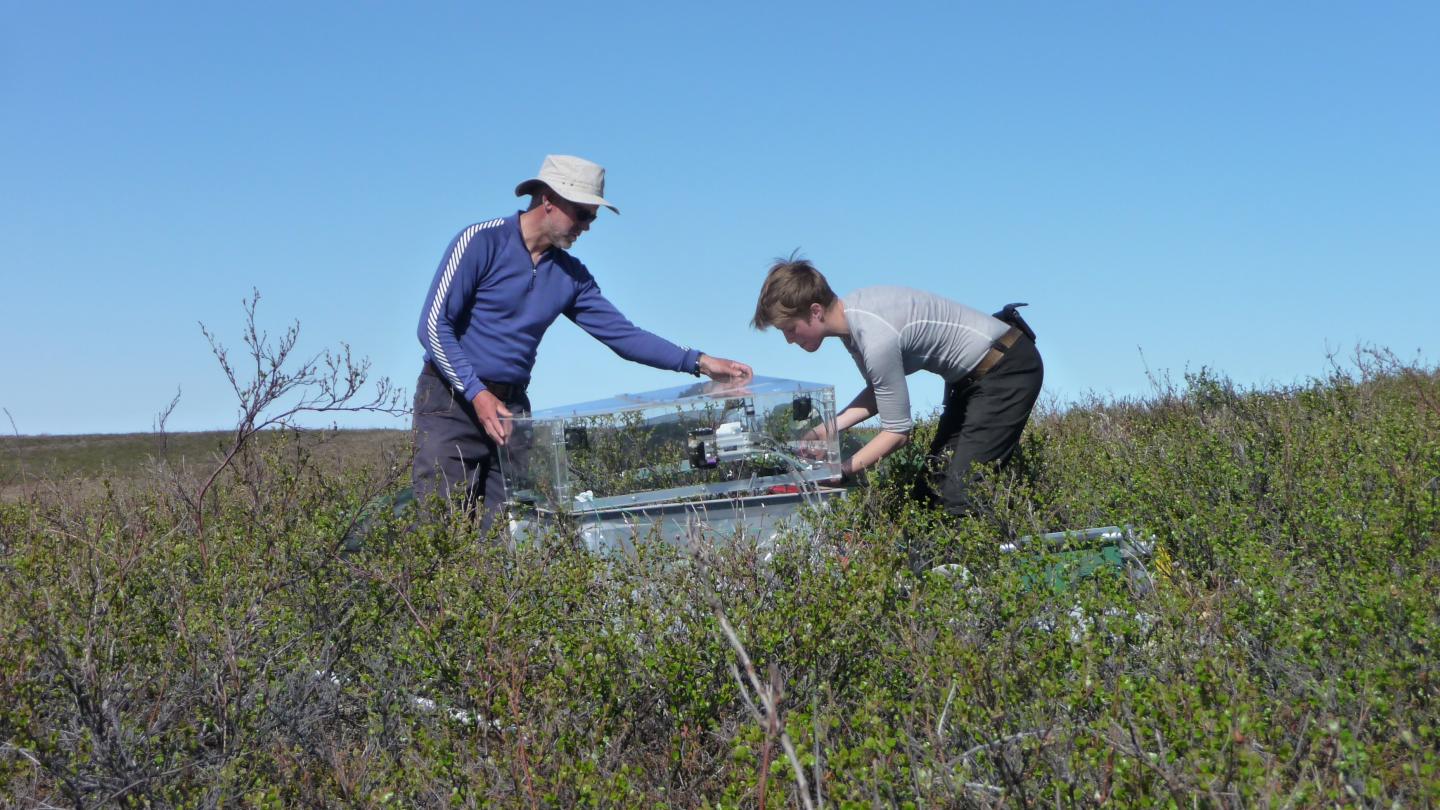
Arctic plants may not provide predicted carbon sequestration potential
The environmental benefits of taller, shrubbier tundra plants in the Arctic may be overstated, according to new research involving the University of Stirling.
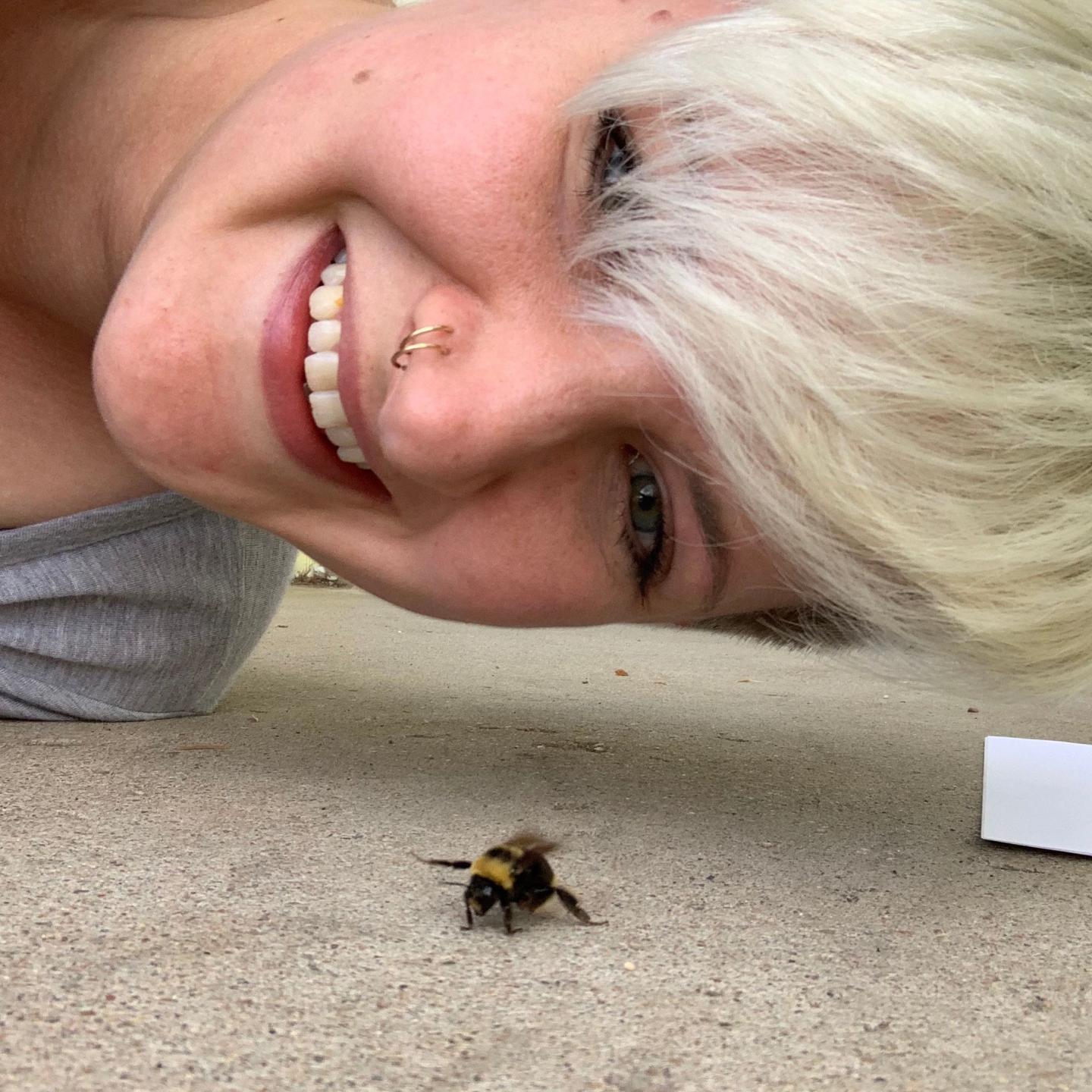
Researchers look for answers as to why western bumblebees are declining
A University of Wyoming researcher and her Ph.D. student have spent the last three years studying the decline of the Western bumblebee.
Computing collaboration reveals global ripple effect of shifting monsoons
Scientists from ORNL and a dozen other international research institutions ran a series of simulations to produce the most elaborate set of projections to date that illustrates possible changes in nine monsoon regions across five continents.
Deforestation and land-clearing are taking a toll on Brazil’s corn yield
How agriculture is altering the climate of the Cerrado
NASA-NOAA satellite animation shows the end of Tropical Cyclone Boris
NASA-NOAA’s Suomi NPP satellite imagery provided a look at the end of the second named tropical cyclone of the Eastern Pacific Ocean’s 2020 Hurricane Season. Tropical Cyclone Boris formed in the Eastern Pacific Ocean on Wednesday, June 24 and by…
Deforestation and land-clearing are taking a toll on Brazil’s corn yield
How agriculture is altering the climate of the Cerrado
NASA-NOAA satellite animation shows the end of Tropical Cyclone Boris
NASA-NOAA’s Suomi NPP satellite imagery provided a look at the end of the second named tropical cyclone of the Eastern Pacific Ocean’s 2020 Hurricane Season. Tropical Cyclone Boris formed in the Eastern Pacific Ocean on Wednesday, June 24 and by…
Agricultural fires in central Africa light up in Suomi NPP satellite image
Fires have spread across the majority of the landscape in Angola and the Democratic Republic of the Congo in this NOAA/NASA Suomi NPP satellite image using the VIIRS (Visible Infrared Imaging Radiometer Suite) instrument from June 25, 2020. Fires of…
NASA-NOAA’s Suomi NPP satellite sees Tropical Storm Boris form
NASA-NOAA’s Suomi NPP satellite provided forecasters with visible image of the Eastern Pacific Ocean’s second tropical storm of the season, Boris. Boris formed just east of the Central Pacific Ocean’s boundary as it was moving into that region. The Central…
NASA-NOAA’s Suomi NPP satellite analyzes Saharan dust aerosol blanket
Dust storms from Africa’s Saharan Desert traveling across the Atlantic Ocean are nothing new, but the current dust storm has been quite expansive and NASA satellites have provided a look at the massive June plume. NASA-NOAA’s Suomi NPP satellite showed…
Can incentivizing e-bikes support GHG goals?
Launching the new EV incentive cost and impact tool
Integrating health and climate agendas
Recommendations for a post-pandemic world
New data reveals even low levels of air pollution triggers gene expression
New data from a landmark study by Monash University researchers raises concerns that even short-term exposure to low level air pollution can affect gene expression, leaving us at risk of diseases such as cancer, cardiovascular and respiratory diseases. It has…
Increased warming in latest generation of climate models likely caused by clouds
New representations of clouds are making models more sensitive to carbon dioxide
NASA finds post-Tropical Cyclone Dolly exiting the tropical stage
NASA’s Terra satellite provided a night-time look at what is now Post-Tropical Storm Dolly in the Northern Atlantic Ocean. Terra found that all of Dolly’s clouds were on one side of the storm as the storm weakened further. The National…
Integrating health and climate agendas
Recommendations for a post-pandemic world
New data reveals even low levels of air pollution triggers gene expression
New data from a landmark study by Monash University researchers raises concerns that even short-term exposure to low level air pollution can affect gene expression, leaving us at risk of diseases such as cancer, cardiovascular and respiratory diseases. It has…
Increased warming in latest generation of climate models likely caused by clouds
New representations of clouds are making models more sensitive to carbon dioxide
NASA finds post-Tropical Cyclone Dolly exiting the tropical stage
NASA’s Terra satellite provided a night-time look at what is now Post-Tropical Storm Dolly in the Northern Atlantic Ocean. Terra found that all of Dolly’s clouds were on one side of the storm as the storm weakened further. The National…
New opportunities for ocean and climate modelling
GEOMAR introduces flexible and modular system FOCI
Wet wipes and sanitary products found to be microplastic pollutants in Irish waters
NUI Galway study finds that wet wipes & sanitary towels are an underestimated source of white microplastic fibres in the marine environment and 50% of wet wipe brands tested in this study that were labelled ‘flushable’ contained plastic fibres
Better prepared for forest fires
Cross-institute project to understand the dynamics of forest fires and mitigate the risk
NASA analyzes the newest Atlantic Ocean subtropical depression
NASA’s Aqua satellite used infrared light to analyze the strength of storms in the North Atlantic Ocean’s newly formed Subtropical Depression 4. Infrared data provides temperature information to find the strongest thunderstorms that reach high into the atmosphere which have…
NASA satellite gives a hello to tropical storm Dolly
During the morning of June 23, the fourth system in the Northern Atlantic Ocean was a subtropical depression. By the afternoon, the subtropical depression took on tropical characteristics and was renamed Dolly. NASA’s Terra satellite greeted Tropical Storm Dolly by…
NOAA/NASA’s Suomi NPP satellite captures 63 mile smoke trail from bush fire
NOAA/NASA’s Suomi NPP satellite captured this image of the Bush Fire on June 22, 2020 showing clouds of smoke pouring off the Bush Fire that is plaguing Arizona. Overnight (to the 23rd) the fire grew to 186,848 acres, growing 2,200…
Two-thirds of Americans think government should do more on climate
Bipartisan backing for carbon capture tax credits, extensive tree-planting efforts
New research will look at heat wave risks during pandemic
Scientists to study intersecting impacts of extreme heat and COVID-19
New opportunities for ocean and climate modelling
GEOMAR introduces flexible and modular system FOCI
Wet wipes and sanitary products found to be microplastic pollutants in Irish waters
NUI Galway study finds that wet wipes & sanitary towels are an underestimated source of white microplastic fibres in the marine environment and 50% of wet wipe brands tested in this study that were labelled ‘flushable’ contained plastic fibres
Better prepared for forest fires
Cross-institute project to understand the dynamics of forest fires and mitigate the risk
NASA analyzes the newest Atlantic Ocean subtropical depression
NASA’s Aqua satellite used infrared light to analyze the strength of storms in the North Atlantic Ocean’s newly formed Subtropical Depression 4. Infrared data provides temperature information to find the strongest thunderstorms that reach high into the atmosphere which have…
NASA satellite gives a hello to tropical storm Dolly
During the morning of June 23, the fourth system in the Northern Atlantic Ocean was a subtropical depression. By the afternoon, the subtropical depression took on tropical characteristics and was renamed Dolly. NASA’s Terra satellite greeted Tropical Storm Dolly by…
NOAA/NASA’s Suomi NPP satellite captures 63 mile smoke trail from bush fire
NOAA/NASA’s Suomi NPP satellite captured this image of the Bush Fire on June 22, 2020 showing clouds of smoke pouring off the Bush Fire that is plaguing Arizona. Overnight (to the 23rd) the fire grew to 186,848 acres, growing 2,200…
Two-thirds of Americans think government should do more on climate
Bipartisan backing for carbon capture tax credits, extensive tree-planting efforts
New research will look at heat wave risks during pandemic
Scientists to study intersecting impacts of extreme heat and COVID-19
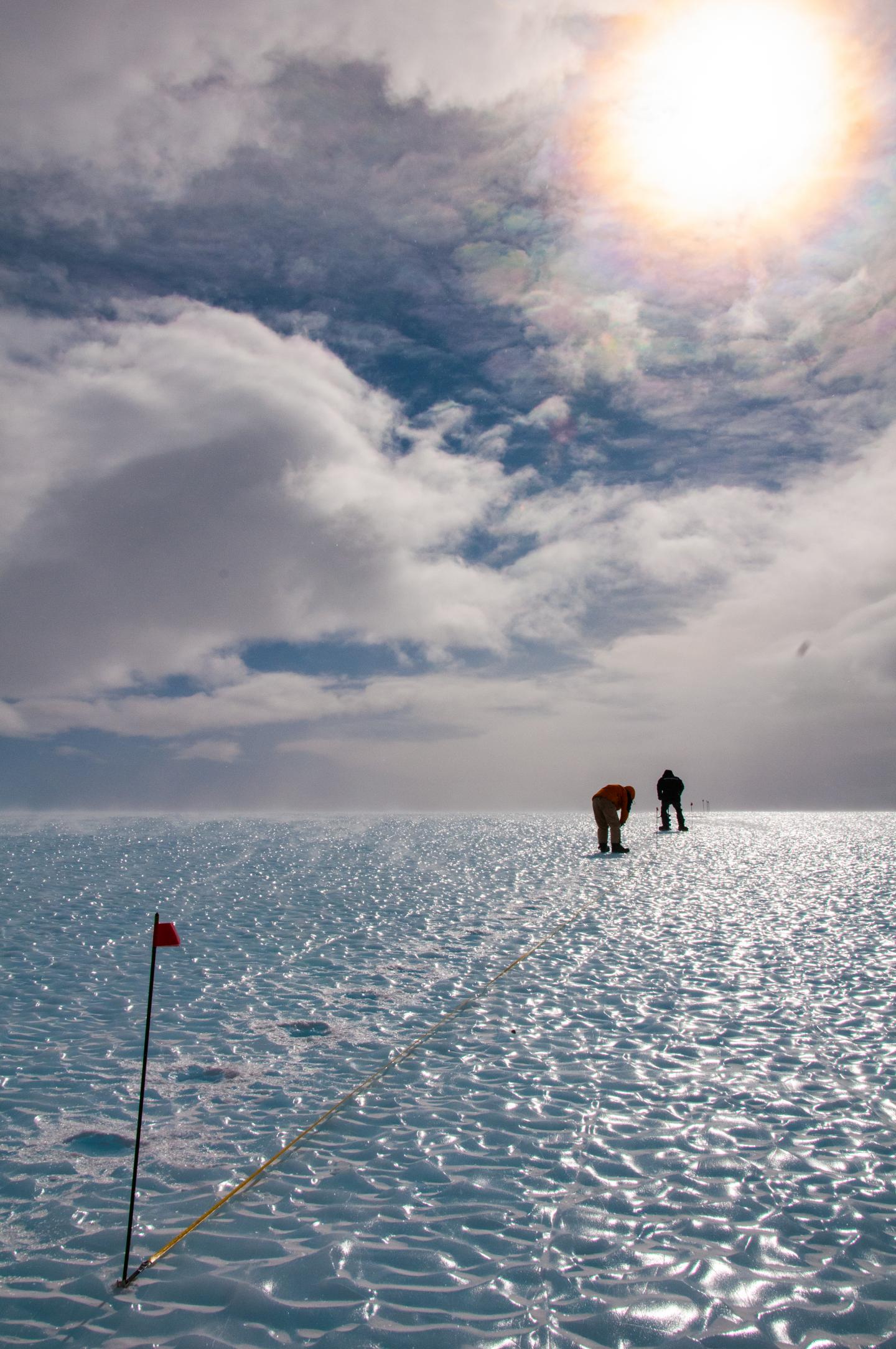
Seasonal sea ice changes hold clues to controlling CO2 levels, ancient ice shows
Sea ice across the Southern Ocean played a crucial role in controlling atmospheric carbon dioxide levels during times of past climate change – and it could provide a critical resource to improve Earth system models, a new study shows.
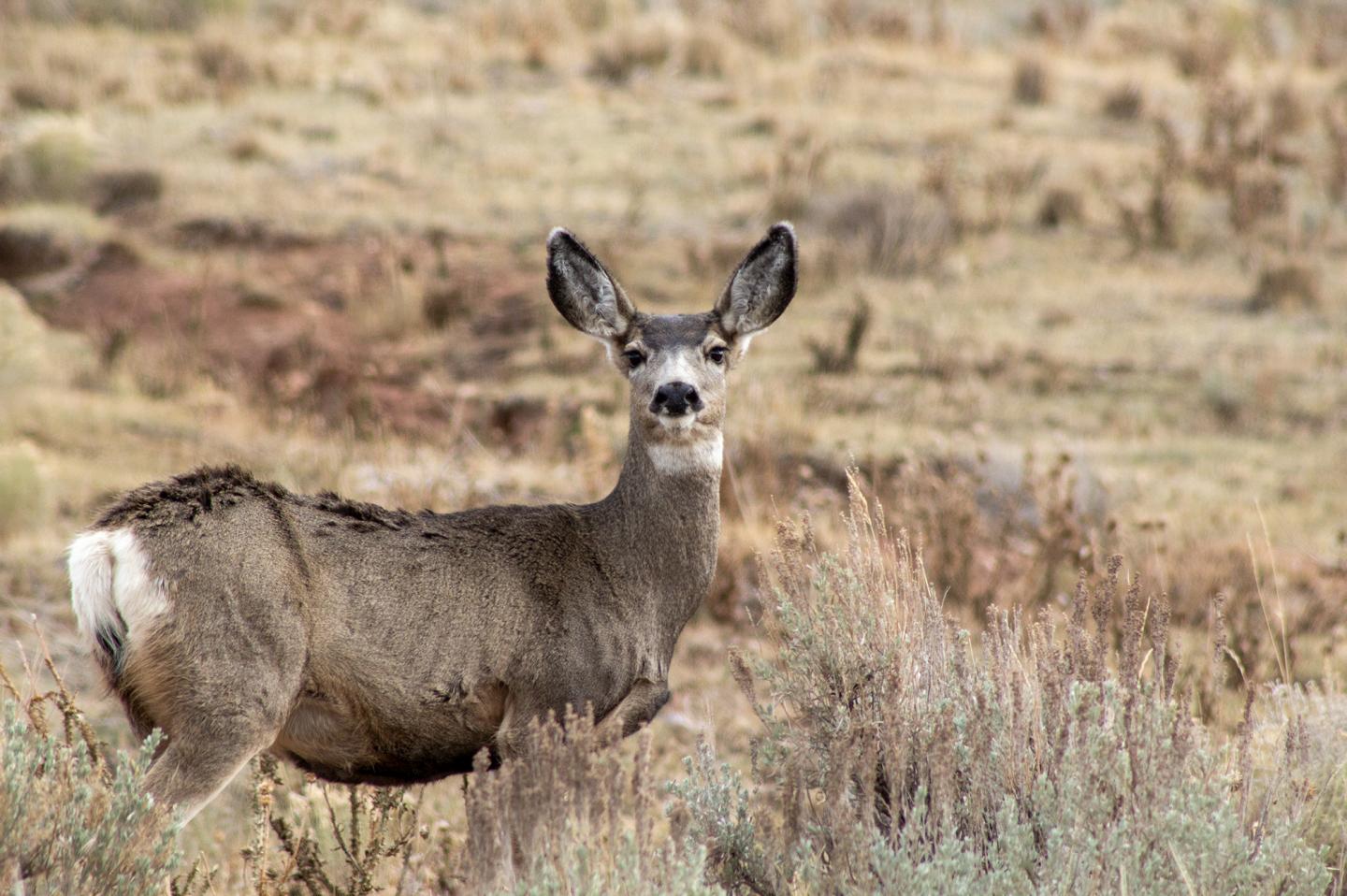
Study reveals impacts of climate change on migrating mule deer
When drought reshuffles the green-up of habitats that mule deer migrate across, it dramatically shortens the annual foraging bonanza they rely on.
SeaBee drone research project launched with grant from Research Council of Norway
The SeaBee Project will develop infrastructure, tools, and techniques to help map and study the Norwegian coastline in unprecedented detail
Study: Planting new forests is part of but not the whole solution to climate change
Carbon-capture potential of afforestation may be overestimated
Eruption of Alaska’s Okmok volcano linked to period of extreme cold in ancient Rome
Ice core samples provide new evidence of a massive volcanic eruption in 43 BCE
Leipzig research balloon becomes platform for Arctic atmosphere measurements in MOSAiC
Researchers from TROPOS and the University of Leipzig make a major contribution to the success of the largest Arctic expedition
NASA observes large Saharan dust plume over Atlantic ocean
NASA-NOAA’s Suomi NPP satellite observed a huge Saharan dust plume streaming over the North Atlantic Ocean, beginning on June 13. Satellite data showed the dust had spread over 2,000 miles. At NASA’s Goddard Space Flight Center in Greenbelt, Maryland, Colin…
SeaAhead and New England Aquarium announce launch of BlueSwell Incubator Program
Applications now open for innovators looking to bring ocean sustainability solutions out of the lab
RV Polarstern returns to the MOSAiC floe
New team continues fieldwork in the Arctic
Forests can be risky climate investments to offset greenhouse gas emissions
Forests can be best deployed in the fight against climate change with a proper understanding of the risks to forests that climate change itself imposes
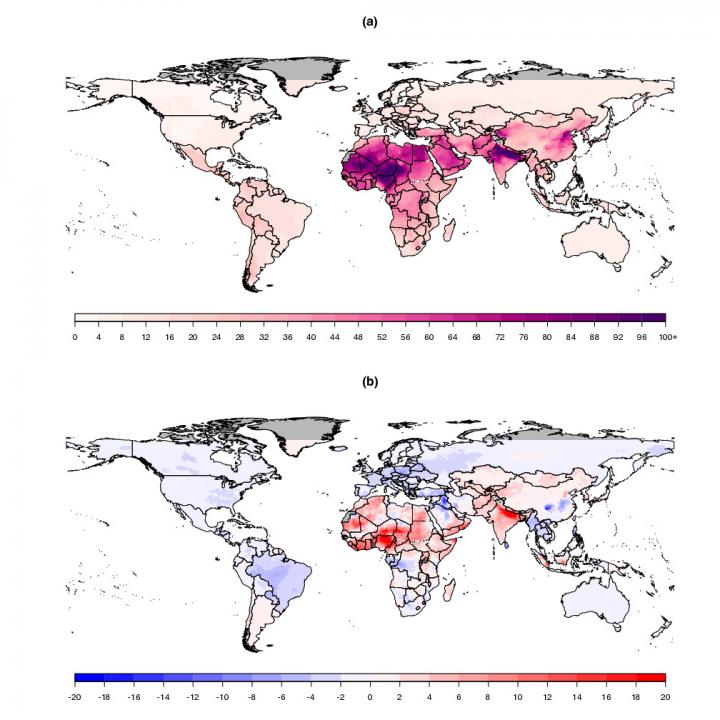
Half of the world’s population exposed to increasing air pollution, study shows
Half of the world’s population is exposed to increasing air pollution, new research has shown.
Penn’s Center of Excellence in Environmental Toxicology (CEET) Receives $8 Million Grant from the National Institute of Environmental Health Sciences
The Center of Excellence in Environmental Toxicology (CEET) at the University of Pennsylvania received an $8 million grant, to be distributed over the next five years, from the National Institute of Environmental Health Sciences, a renewal of its P30 Environmental Health Sciences Core Center (EHSCC) grant.
Why the Mediterranean is a climate change hotspot
MIT analysis uncovers the basis of the severe rainfall declines predicted by many models.
Why the Mediterranean is a climate change hotspot
MIT analysis uncovers the basis of the severe rainfall declines predicted by many models.